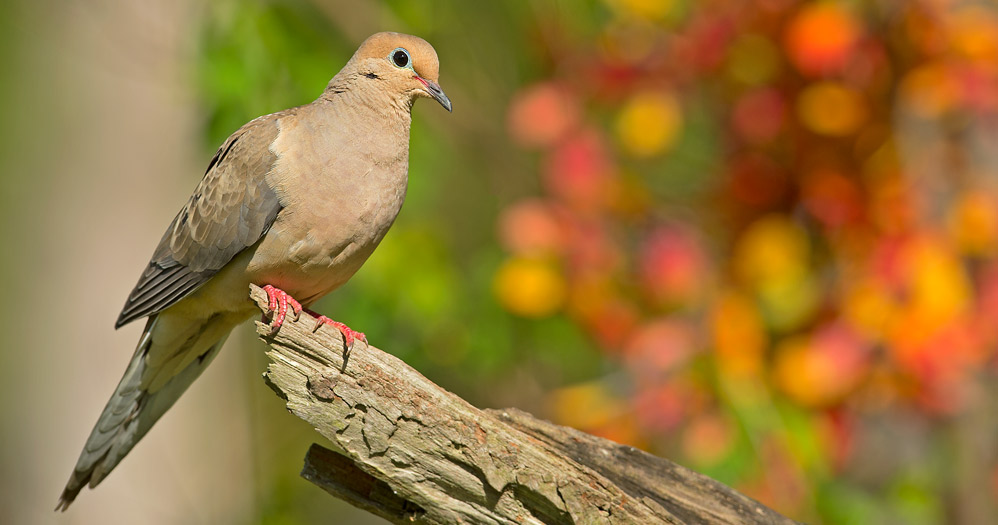12 Frequently Asked Questions About Baiting on Dove Fields
8/31/2018 10:13:33 AM
From MDWFP

Photo Credit: Paul T. Brown
Good dove hunting is frequently found where grain and other feed is distributed in the ordinary course of farming activities. Federal hunting regulations recognize this fact. Doves may be legally hunted where grain or other feed is standing or has been manipulated in the field where grown. Additionally, doves may be hunted where the crop is grown for them or other wildlife.
1. Can I legally hunt doves over top sown winter wheat?
Yes, as long as it is done in a manner consistent with a normal agricultural practice. For example, the planting of wheat for wildlife food plots, winter grazing for livestock, and a planting for agricultural erosion control are all considered normal agricultural practices.
2. Must wheat be sown on prepared ground?
No. Wheat can be no-till drilled into unprepared ground. Also, overseeding of wheat or rye prior to harvesting soybeans, corn or cotton to establish a cover crop is recognized as a normal agricultural practice.
3. What is the planting rate for wheat?
Wheat is to be planted at a rate not greater than 90 lbs (1 1/2 bushels) per acre that is spread evenly across the area. It may not be piled or clumped.
4. Can I sow a wheat field, say every three days, and hunt over it?
No. It is not a normal agricultural practice to sow seed several times in quick succession. In the absence of drought or flood, a planting should be done only one time on a seed bed prepared sufficiently to reasonably ensure germination.
5. After a corn field is harvested, the entire field or strips are plowed up and planted in wheat, is this considered a legal field for dove hunting?
Yes, if it is done in a normal agricultural fashion.
6. Can part of a field be bushhogged at different times, such as four rows now and four rows later, and so on?
Yes. Manipulating a standing crop in this fashion is the most reliable way to attract doves over a longer period of time and to avoid any uncertainty regarding the legality of the practice to attract doves for hunting.
7. Can standing grains be bushhogged and additional grains be added to the field?
No.
8. Can millet or sunflowers be top sown?
No. Japanese millet is the only millet seed that is top sown, and it is normally done on mud flats for waterfowl. All other millets, corn, sunflowers, milo, and many other grains are covered with soil when planted and are planted in the spring and early summer.
9. Can I top sow wheat (broadcast) over an unprepared pasture?
No. Winter wheat is not normally sown over pastures with adequate vegetative cover.
10. Can I plant a wildlife food plot in the fall and hunt doves that are attracted to it?
Yes. As long as the proper planting rates and dates are followed, and it is done in a fashion considered to be a normal agricultural practice.
11. Can I harvest a corn, milo, or sunflower field and then redistribute the seed over the field?
No. You cannot distribute or scatter grain or other feed once it has been removed from or stored on the field where grown.
12. What can I do to have a legal field and a good dove shoot?
The best way is to plant a grain crop preferred by doves that will ripen just prior to the time you want to hunt.
For more information about dove hunting in Mississippi visit the dove program page.









